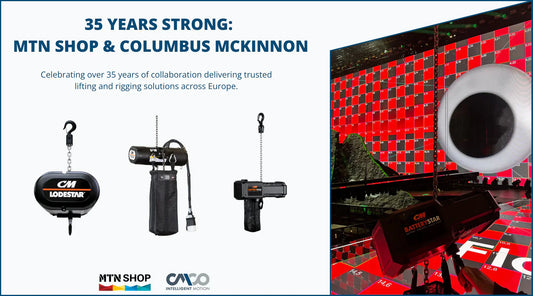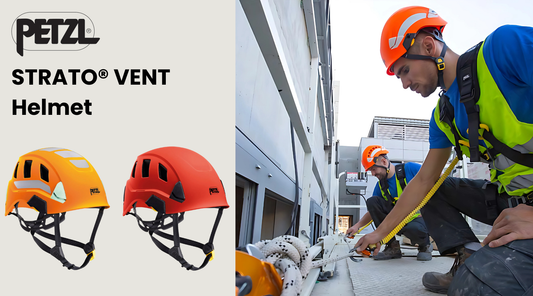The Importance of Ear Protection in Forestry
Article
Working in the great outdoors can be risky. Occupations such as forestry expose people to danger from the elements, as well as those from heavy machinery.
Loud sounds produced by chainsaws, combines, grinders, choppers, and grain dryers can damage ears over extended periods of time. Although industrial noise regulation is common, steps to further prevent hearing loss should be taken.
It’s important to understand potential risks of extended noise exposure. Problems such as general hearing loss and tinnitus can easily occur.
Identifying dangerous noise levels helps risk assessment. Experts describe noise levels in decibel levels (dB). A whisper lies at level 30, while the sonic boom for a jet plane is at level 140.
The National Institute for Occupational Health and Safety (NIOSH) and the U.S. Department of Labor Occupational Safety and Health Administration (OSHA) recommend a hearing exposure limit of 85 dB over an average of eight hours.
If a job requires more than this, employers must establish a continuing effecting hearing conservation program. Distance between a worker and the source of sound is also significant, as it can lessen hearing damage.
The sound made by a chainsaw falls into a level ranging from 90 to 110 dB and a machine or wood shop is at 90 dB. Working in the forestry sector requires a commitment to use the right protective gear to prevent permanent hearing damage.
How to Prevent Hearing Loss
Standard sound regulations have been implemented in industries exposing workers to noise.
OSHA regulations and the Hearing Conservation Amendment were passed in 1972 and 1983, respectively. Five parts make up the hearing conservation program: exposure monitoring, hearing tests, hearing protection, employee training, and record keeping.
Hearing protection is a central part of preventing permanent damage to the ears and there are several hearing protection devices available. Among the most effective of these instruments are ear muffs.
At MTN Shop, we consider all safety measures for the forestry industry and only provide the top-brand ear protectors. Ear muff accessories are also available so you can focus on your work without any worries.
KASK Protective Gear
KASK is a trusted brand among hearing protection and are reliant in industrial work environments. The company, based in Italy, specializes in developing the safest products for a variety of activities.
Each product reflects a balance between function and design. Safety tests have been implemented for each item manufactured by KASK and go beyond expectations in comfort and quality.
Browse KASK ear protectors and accessories below!
KASK SC3 Ear Muffs
General industry workers utilize these ear muffs to prevent any damage from occurring. These ear protectors are ideal for low to medium noise levels and a medium to high frequency.
The ear muffs are ideal in the forestry industry. They meet CE EN 352/ANSI S3.19/CSA standards.
KASK SC3 ear muffs protect ears from extremely noisy environments, such as chainsaws, pneumatic drills, and combines.
The protectors are lightweight, non-conductive, and certified for use with KASK helmets.
KASK Replacement Ear Muff Padding
Comfort is priority for KASK protective ear muffs. With the replacement padding, you can ensure luxury for the better part of your work day.
Be sure to choose the SC3 style when ordering the replacement padding!
In the forestry industry, protecting your hearing is key. Shop today and put your ears first!
KASK Superplasma Ear Muff Adaptor
KASK ear muff adaptor accessory is equipped for use with the superplasma helmet. The connector will mount ear muffs to the helmet, providing both comfort and style.
Sources:
https://www.fs.fed.us/t-d/pubs/pdfpubs/pdf10672321/pdf10672321dpi72.pdf
http://www.sensear.com/blog/hearing-protection-in-forestry-work
http://www.hearingreview.com/2014/05/hearing-health-practices-forestry-wildlife-management-students/





